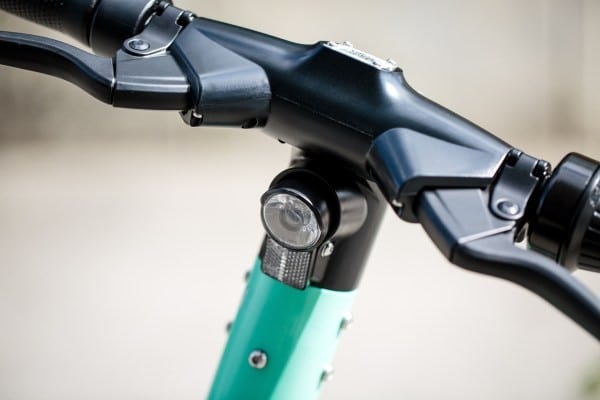Last week, a
young man tragically died when he fell off his scooter and hit his head. He wasn’t wearing a helmet, and the scooter had two motors with 3,500 watts of power each and was capable of travelling at 120 kilometres per hour, both elements making the vehicle illegal in Spain.
However, it is quite possible the young man purchased the scooter without knowing the technical characteristics, and so we will explain the restrictions in order for a vehicle to have a legal designation within the group the e-scooters fall into, which is that of Personal Mobility Vehicles, Vehículos de Movilidad Personal (VMP), which includes what we commonly call electric scooters. You must check that the vehicle you are intending to buy falls within the scope of each of these elements, but the characteristics are going to get stricter over time, so be prepared for the future also.
Resolution of January 12, 2022, of the General Directorate of Traffic, approving the
Manual of characteristics of personal mobility vehicles, reference BOE-A-2022-987, defines a VMP as being powered exclusively by electric motors that can provide the vehicle with a
maximum design speed between 6 and 25 km/h. They can only be equipped with a seat or saddle if they are equipped with a self-balancing system.
Notably, if they are incapable of reaching 6 kilometres per hour, they are classed as a toy, and are therefore subject to considerable restrictions, as they are not permitted on the road, for example.
These vehicles can be equipped with batteries up to 100 VDC and with an integrated charger up to 240 VAC input.
Personal Mobility Vehicles can have different uses, such as private use, rental or sharing, public services, tourist uses, etc., but from a technical point of view, the only differentiation refers to VMP for personal transportation, and VMP for transportation of goods or other services.
We must bear in mind that if one of these vehicles is used for delivery services, food for example, then it is being used for commercial purposes, “transportation of goods or other services”, and therefore must satisfy other characteristics.
For now though, we are talking specifically about personal transport VMPs. As we have said, they must have a maximum permitted speed of between 6 and 25 km/h. The nominal power per vehicle must be
less than 1,000 watts, unless they are vehicles with self-balancing systems, in which case they must be below 2,500 watts, and at least 60% of that power must be dedicated to the self-balancing system.
They are restricted in size to a maximum length of 2,000mm, a maximum height of 1,400mm, and a maximum width of 750mm.
This definition excludes those specific vehicles for people with reduced mobility.
It is mandatory that the VMP has a braking system, acoustic warning device (bell or horn), rear and front lights and reflective devices.
The vehicle we mentioned in the tragic case last week was both in excess of the permitted power, and the maximum capable speed. The characteristics of that vehicle would have required it to be registered as a motorbike, which would not be possible due to the physical form, and so there is no way in which that particular vehicle could have been legalised in Spain.
The post
What Defines an E-scooter? first appeared on
N332.es - Driving In Spain.





